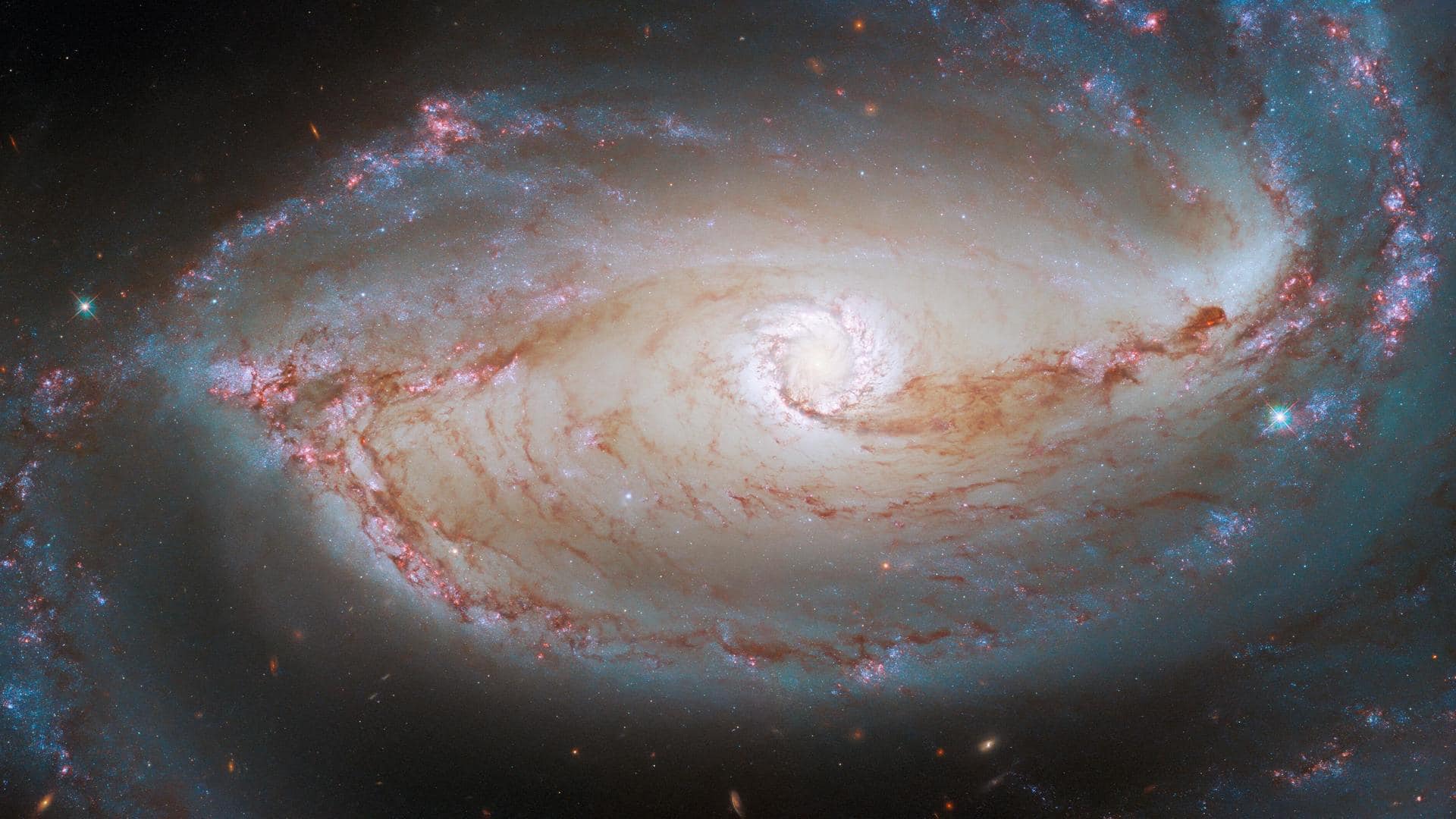
Space and astronomy in 2023: The must-see events next year
What's the story
The year 2023 will be an exciting one for seeing astronomical phenomena in the night sky. From supermoons, the Sun heading to solar maximum, and eclipses to meteor showers, comets, and wandering planets, there will be something for every avid sky watcher. Here is our list of the top astronomical events in the coming year. Check them out.
Meteors
Meteor showers and Moon-Mars conjunction will be seen in January
In January, you will be able to see one of the year's strongest meteor showers, the Quadrantids. They will be more luminous than the brightest planets. The shower will reach its maximum on January 3 night. Meanwhile, on January 31, Moon and Mars will seem to come close. This event is called a conjunction. To view it, gaze at the southeastern sky after sunset.
Orion
A constellation trio could be witnessed in February
The comet C/2022 E3 (ZTF) will make its closest approach to the Earth on February 1. Watchers will need a dark sky and a pair of binoculars to see it. Meanwhile, on February 20, constellations such as Taurus, Orion, and Pleiades, will be seen in the southern sky during the early night. Head to somewhere with low air pollution.
Conjunction
Venus and Jupiter will entangle in March
Around March 2, Venus and Jupiter, two of the brightest planets will have a conjunction in the sky. They will be seen as bright points of light in the southwest during the early evening. The spring equinox on March 20, when neither hemisphere will be tilted toward or away from the Sun, will also be a sight to behold.
Meteors
There will be a meteor shower rush in April
The Lyrid meteor shower will be visible from April 14-30 and will peak on April 22-23. It is the oldest recorded meteor shower still visible and was first seen in 687 BCE. It will have bright dust trails that will glow for several seconds. Skywatchers can also look out for the Eta Aquariid shower in the Southern hemisphere, between April 19 and May 28.
Luna
August is the time for supermoons
The Moon moves around Earth in an elliptical orbit. It travels from the closest approach (perigee) to the furthest distance from us (apogee). When the Moon reaches perigee and it is at the Full/New Moon phase, we call it a supermoon. This year, there will be two supermoons both of which will be in August (August 1 and August 31).
Moon and meteors
Partial lunar eclipse and Geminids are also on the list
There will be a partial lunar eclipse on October 28. Such eclipses happen when the Moon passes through the Earth's penumbra (outer region of the Earth's shadow), and a section of it moves through the umbra (darkest part of our planet's shadow). Meanwhile, if you want to see one of the best meteor showers, the Geminids, you will have to wait till December 14.